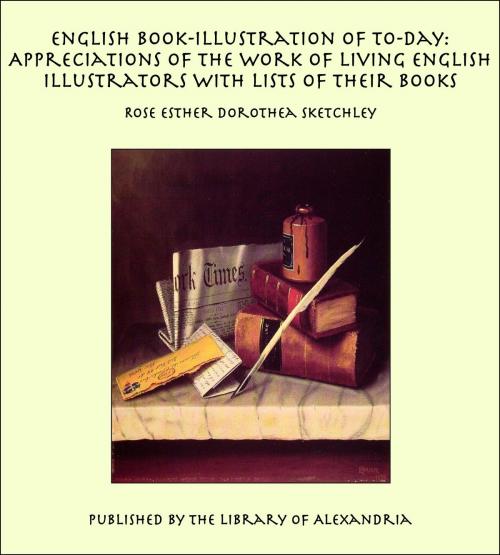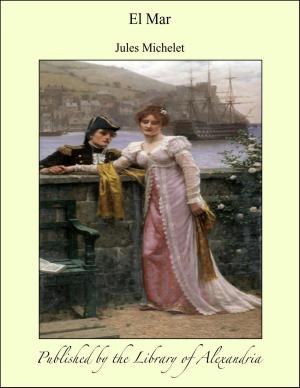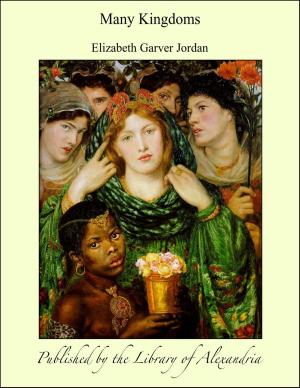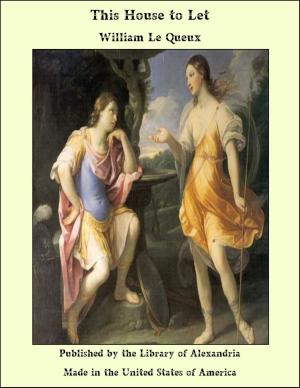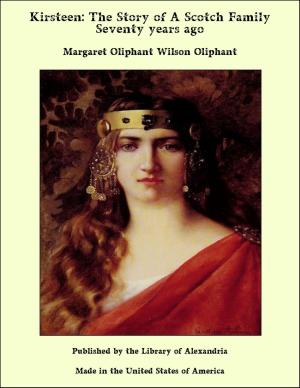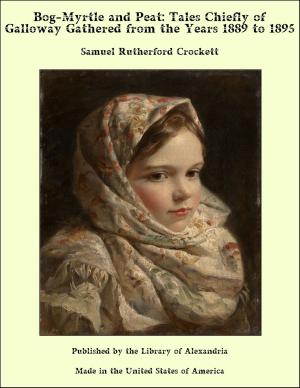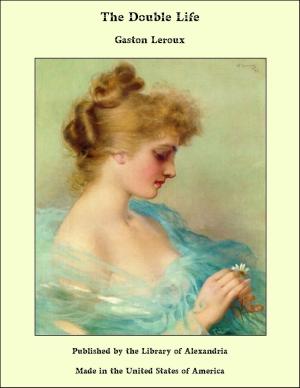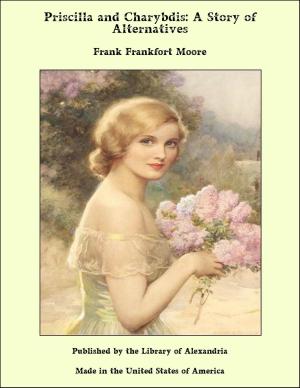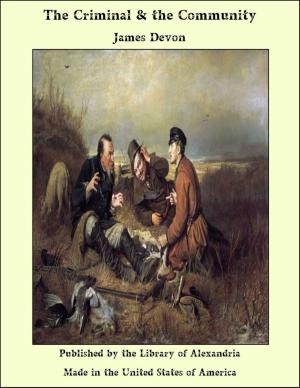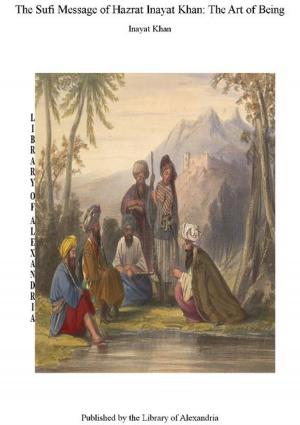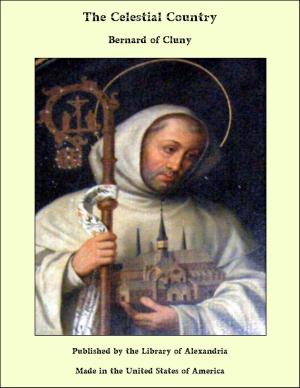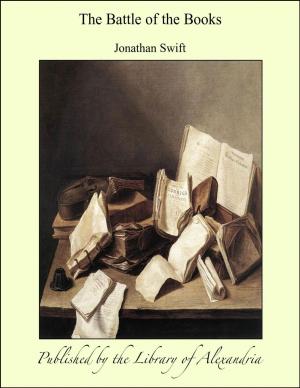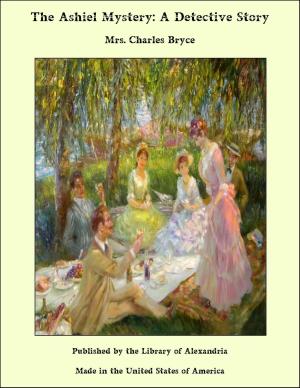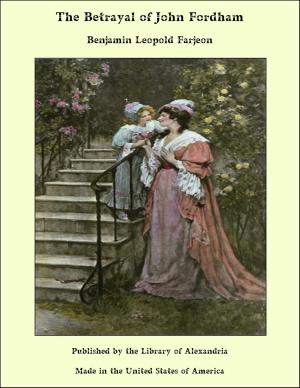English Book-Illustration of To-day: Appreciations of the Work of Living English Illustrators With Lists of Their Books
Nonfiction, Religion & Spirituality, New Age, History, Fiction & Literature| Author: | Rose Esther Dorothea Sketchley | ISBN: | 9781465543035 |
| Publisher: | Library of Alexandria | Publication: | March 8, 2015 |
| Imprint: | Language: | English |
| Author: | Rose Esther Dorothea Sketchley |
| ISBN: | 9781465543035 |
| Publisher: | Library of Alexandria |
| Publication: | March 8, 2015 |
| Imprint: | |
| Language: | English |
SOME PRESENT-DAY LESSONS FROM OLD WOODCUTS. By Alfred W. Pollard. SOME explanation seems needed for the intrusion of a talk about the woodcuts of the fifteenth century into a book dealing with the work of the illustrators of our own day, and the explanation, though no doubt discreditable, is simple enough. It was to a mere bibliographer that the idea occurred that lists of contemporary illustrated books, with estimates of the work found in them, might form a useful record of the state of English book-illustration at the end of a century in which for the first time (if we stretch the century a little so as to include Bewick) it had competed on equal terms with the work of foreign artists. Fortunately the bibliographer's scanty leisure was already heavily mortgaged, and so the idea was transferred to a special student of the subject, much better equipped for the task. But partly for the pleasure of keeping a finger in an interesting pie, partly because there was a fine hobby-horse waiting to be mounted, the bibliographer bargained that he should be allowed to write an introduction in which his hobby should have free play, and the reader, who has got a much better book than he was intended to have, must acquiesce in this meddling, or resort to his natural rights and skip. FROM 'LES QUINZE JOIES DE MARIAGE,' PARIS, TREPEREL, C. 1500. It is well to ride a hobby with at least a semblance of moderation, and the thesis which this introduction is written to maintain does not assert that the woodcuts of the fifteenth century are better than the illustrations of the present day, only that our modern artists, if they will condescend, may learn some useful lessons from them. At the outset it may frankly be owned that the range of the earliest illustrators was limited. They had no landscape art, no such out-of-door illustrations as those which furnish the subject for one of Miss Sketchley's most interesting chapters. Again, they had little humour, at least of the voluntary kind, though this was hardly their own fault, for as the admission is made the thought at once follows it that of all the many deficiencies of fifteenth-century literature the lack of humour is one of the most striking. The rough horseplay of the Life of Aesop prefixed to editions of the Fables can hardly be counted an exception; the wit combats of Solomon and Marcolphus produced no more than a title-cut showing king and clown, and outside the 'Dialogus Creaturarum' I can think of only a single valid exception, itself rather satirical than funny, this curious picture of a family on the move from a French treatise on the Joys of Marriage. On the 'Dialogus' itself it seems fair to lay some stress, for surely the picture here shown of the Lion and the Hare who applied for the post of his secretary may well encourage us to believe that in two other departments of illustration from which also they were shut out, those of Caricature (for which we must go back to thirteenth-century prayer-books) and Christmas Books for Children, the fifteenth-century artist would have made no mean mark. It is, indeed, our Children's Gift-Books that come nearest both to his feeling and his style. FROM THE 'DIALOGUS CREATURARUM.' GOUDA, 1480
SOME PRESENT-DAY LESSONS FROM OLD WOODCUTS. By Alfred W. Pollard. SOME explanation seems needed for the intrusion of a talk about the woodcuts of the fifteenth century into a book dealing with the work of the illustrators of our own day, and the explanation, though no doubt discreditable, is simple enough. It was to a mere bibliographer that the idea occurred that lists of contemporary illustrated books, with estimates of the work found in them, might form a useful record of the state of English book-illustration at the end of a century in which for the first time (if we stretch the century a little so as to include Bewick) it had competed on equal terms with the work of foreign artists. Fortunately the bibliographer's scanty leisure was already heavily mortgaged, and so the idea was transferred to a special student of the subject, much better equipped for the task. But partly for the pleasure of keeping a finger in an interesting pie, partly because there was a fine hobby-horse waiting to be mounted, the bibliographer bargained that he should be allowed to write an introduction in which his hobby should have free play, and the reader, who has got a much better book than he was intended to have, must acquiesce in this meddling, or resort to his natural rights and skip. FROM 'LES QUINZE JOIES DE MARIAGE,' PARIS, TREPEREL, C. 1500. It is well to ride a hobby with at least a semblance of moderation, and the thesis which this introduction is written to maintain does not assert that the woodcuts of the fifteenth century are better than the illustrations of the present day, only that our modern artists, if they will condescend, may learn some useful lessons from them. At the outset it may frankly be owned that the range of the earliest illustrators was limited. They had no landscape art, no such out-of-door illustrations as those which furnish the subject for one of Miss Sketchley's most interesting chapters. Again, they had little humour, at least of the voluntary kind, though this was hardly their own fault, for as the admission is made the thought at once follows it that of all the many deficiencies of fifteenth-century literature the lack of humour is one of the most striking. The rough horseplay of the Life of Aesop prefixed to editions of the Fables can hardly be counted an exception; the wit combats of Solomon and Marcolphus produced no more than a title-cut showing king and clown, and outside the 'Dialogus Creaturarum' I can think of only a single valid exception, itself rather satirical than funny, this curious picture of a family on the move from a French treatise on the Joys of Marriage. On the 'Dialogus' itself it seems fair to lay some stress, for surely the picture here shown of the Lion and the Hare who applied for the post of his secretary may well encourage us to believe that in two other departments of illustration from which also they were shut out, those of Caricature (for which we must go back to thirteenth-century prayer-books) and Christmas Books for Children, the fifteenth-century artist would have made no mean mark. It is, indeed, our Children's Gift-Books that come nearest both to his feeling and his style. FROM THE 'DIALOGUS CREATURARUM.' GOUDA, 1480
